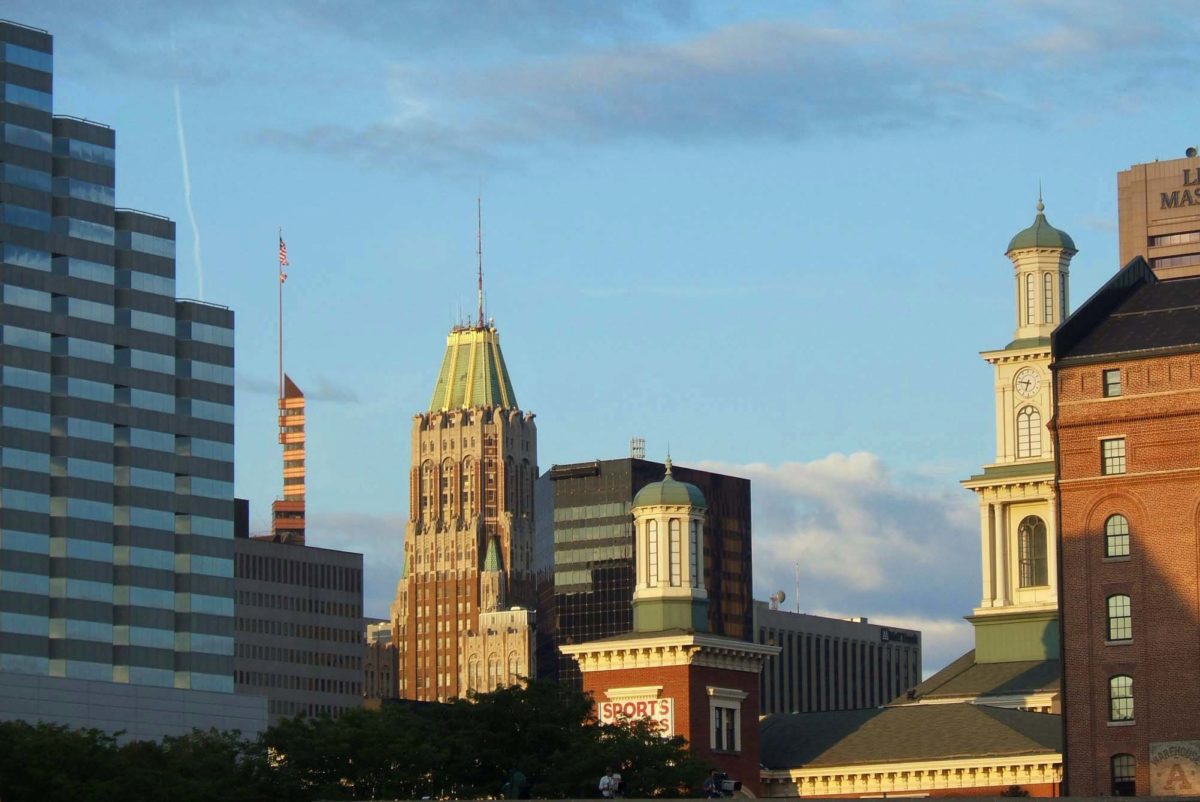How would you spend $641 million to help Baltimore?
In the past, this was the kind of question that may seem fun to think about, but unlikely to become reality. In this time of federal aid, however, it is very much top-of-mind for city policymakers.
That’s because the City of Baltimore is about to start spending an infusion of $641 million it received from the federal government through the American Rescue Plan Act, aka the COVID-19 relief bill passed in March.
As Technical.ly reported last week, city leaders are planning to prioritize several issue areas, and plans will be announced in the coming months. But they’re also opening up the funding to the community by accepting applications from nonprofits.
It’s the kind of money that can inspire big thinking. So that got us wondering: If you gave the money to citizens, how would they spend it? So we put the question to the community that receives our daily email newsletter. Here’s a look at what respondents want to see fixed:
Schools
Baltimore City schools are once again in the headlines for lax facilities. As the school year started, more than 20 schools had to dismiss on multiple days due to heat because they lack air conditioning.
That made the destination for a game-changing influx of funding obvious.
“I would love to see it put back into our Baltimore City Public Schools,” said Laura Gaworecki, founder of Beans & Beans Bed and Breakfast and Waterfront Tech Series. “Get AC to all schools, updated materials, and new devices and technology for all city schools.”
For Dan Jorquera, a software engineer at Net Health, it was the first thing that needed to be addressed.
“I think we need to install air conditioning in any schools that don’t have it yet,” he said, adding that it’s “kind of unbelievable this is still a problem.”
Light pollution
This being the kind of funding that leads to out-of-the-box thinking, Jorquera also offered an idea for cities everywhere to consider: eliminating light pollution.
“I would suggest spending money on removing light pollution. My dream is walking through the city and being able to see the stars in the night sky. Right now we get to see one or two if we’re lucky. Imagine being able to see more of the Milky Way galaxy, having a thousand stars lighting up the sidewalks of the cityscape instead of artificial lights that haven’t even been proven to reduce crime. Ordinances for light pollution would help, but simply removing unnecessary light fixtures while adding in better LED lights that point downward instead of in all directions could help us in Baltimore see more of the night sky. It’s not cheap but I think it’s worthwhile, for citizens and for wildlife that can be affected by the artificial lights.”
Bus system
When it comes to making Baltimore competitive with other cities and providing opportunity for its residents, public transportation is a frequent topic. Seema Iyer, director of the Baltimore Neighborhood Indications Alliance at University of Baltimore’s Jacob France Institute, had a prescriptive idea for the bus system.
“Eliminate all the multiple, separate bus lines we have operating in the city and combine into one bus system,” she suggested. “Then give every Baltimore resident a free bus pass. Physical mobility is social and economic mobility. And be super bold and invest in on-demand bus technology. What if, with this money Baltimore became the #1 city in the country for on-demand transit?? Whoohoo!”
Tax sale
Miriam Winder Kelly’s fix was focused on the city’s tax sale. It’s a longstanding practice by which the city schedules a sale in May to collect late property taxes and other unpaid charges. With liens that are not paid by a certain time, the city holds a public auction that gives the high bidder a chance to own the property.
But there have been problems. Some who were on this year’s list reported accounting errors that led them to be on the list, while the City was pushed to remove 2,500 properties from the list that were owner-occupied, and appearing for the first time. Plus, there’s no guarantee that the properties stay in the hands of Baltimore owners, and there are few ways for city residents to borrow inexpensively, Kelly said.
Calling the tax sale process “soul sucking,” Kelly’s fix referred to a policy idea for the city’s past: $1 houses. It was a program that helped to rehab vacants in the 1970s. Kelly has a new spin on the idea, specific to the tax sale: “You buy a tax sale certificate for $1 and have 2 years to fix it up to live in it.”
“Use the money for low-interest loans for homeowners and businesses to renovate the vacant properties and keep folks from losing their homes,” Kelly said.







